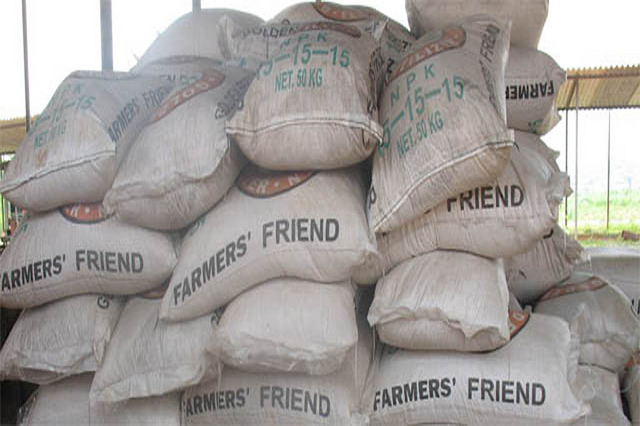The following story was originally published on IFPRI’s Food Security Portal.
Fertilizer use in India has exploded since the government began a subsidization program in the 1970s. National fertilizer consumption rates increased by 50% during the 1990s. But research has shown that the effectiveness of these inputs has actually declined – on average, 8 kilograms of grain were produced per kilogram of fertilizer in the late 1990s, compared to 25 kg of grain per kg of fertilizer in the 1960s. Many farmers have reacted by simply applying even more fertilizer to their land; in addition to greatly increasing the cost of the government’s subsidy program, this overapplication of chemical fertilizers can cause long-term damage to the soil and surrounding water supply, further threatening agricultural productivity. And while some farmers are using far too much fertilizer, other smaller farmers continue to have little or no access to fertilizers at all, thereby underscoring deeper systematic problems with fertilizer subsidies and distribution within the country.
In an effort to break this cycle of costly and damaging overuse, and to increase access to proper amounts of fertilizer by marginalized farmers, the Indian government has proposed phasing out the subsidy program in favor of direct cash transfers (DCTs) to both farmers and retailers. The hope is that DCTs will provide incentives for farmers to use fertilizers more efficiently and also lower the cost to the government. In a new article published in Economic and Political Weekly, IFPRI Postdoctoral Fellow Avinash Kishore, IFPRI research fellow Devesh Roy, and K.V. Praveen of the Indian Agricultural Research Institute argue that such a proposal faces some daunting challenges.
The first question is how to determine who will receive the cash. Unlike other cash transfer schemes that target specific populations (such as girl children or pregnant women), there are no clear criteria for identifying farmers. Identification cards can’t guarantee that the cardholder is truly a farmer, and land records are often unreliable and exclude tenant farmers. The government has proposed creating a database that would be used to identify beneficiaries based on the size of their farms and what they produce; as both farm size and plantings can vary greatly as time passes, however, this too is far from a perfect solution. Furthermore, safeguards would need to be put in place so that the DCTs would not encourage the production of certain crops to the detriment of others, or discourage investment in less fertilizer-intense technologies, such as organic farming.
It also will be a challenge to prevent cash transfers from distorting market prices and ultimately harming farmers, according to Roy. Fertilizer prices are by nature highly variable, and so the scheme needs to protect farmers’ purchasing power in the face of these changing prices. Tracking prices effectively for various types of fertilizers, however, will be time-consuming and expensive. Additionally, the government needs a way to effectively monitor and ensure that retailers and wholesalers don’t collude to raise market prices.
Finally, it’s important that any new fertilizer subsidy scheme has mechanisms in place to ensure the proper use of fertilizers and prevent further environmental degradation stemming from their overuse. Such mechanisms could include regulating how much fertilizer can be purchased by any one farmer and providing incentives to encourage the use of a proper mixture of fertilizers that will help maintain optimal soil nutrients.







